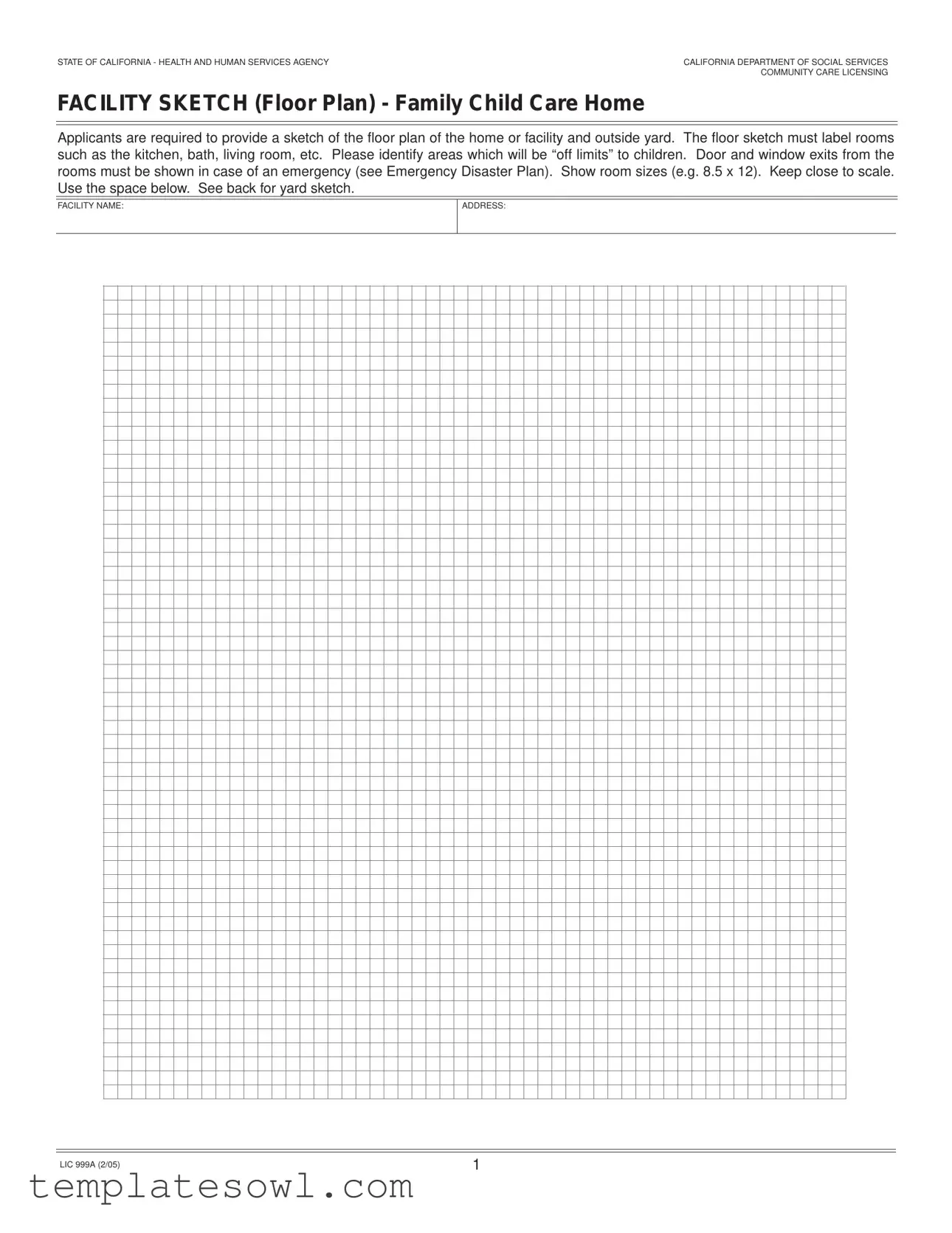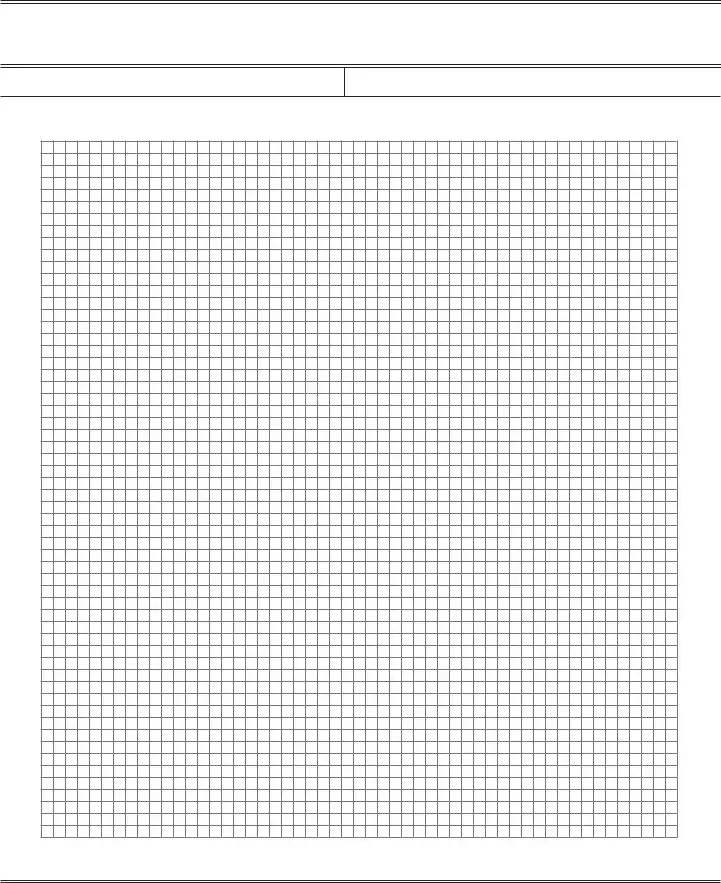Completing the Family Child Care Application form is a critical step towards running a successful child care service. Yet many applicants make the same mistakes that can delay the process or even result in denial. Understanding these pitfalls can smooth the way toward approval.
One common mistake is not clearly labeling rooms in the floor plan. Applicants sometimes draw a sketch without indicating what each room is meant for. It's crucial to specify areas like the kitchen, bathroom, and living room. This helps licensing officials quickly understand your home layout and how it will function for child care.
Another frequent error involves failing to include off-limit areas. Applicants often forget to mark these spaces on their sketches. Identifying zones that children should not access is vital for safety. When licensing representatives can see clear boundaries, it reassures them that you are taking child safety seriously.
Some applicants neglect to accurately represent the sizes of rooms and outdoor spaces. Instead of providing approximate dimensions, they may merely indicate "big" or "small." It's best to maintain a scale that reflects actual measurements, as this offers a clearer picture of how the space will be utilized.
A floor plan lacking emergency exit details is another mistake that can lead to complications. Applicants sometimes omit crucial information about door and window exits. In case of an emergency, knowing how children will safely leave is paramount. Including these details demonstrates preparedness for unexpected situations.
Lastly, many overlook the importance of showing potential hazards in the yard sketch. It's vital to identify pools, trash storage, and areas with animals. Failing to do so can lead to concerns about child safety, impacting the overall approval of your application. Being thorough in your sketches can prevent unnecessary delays in the approval process.


